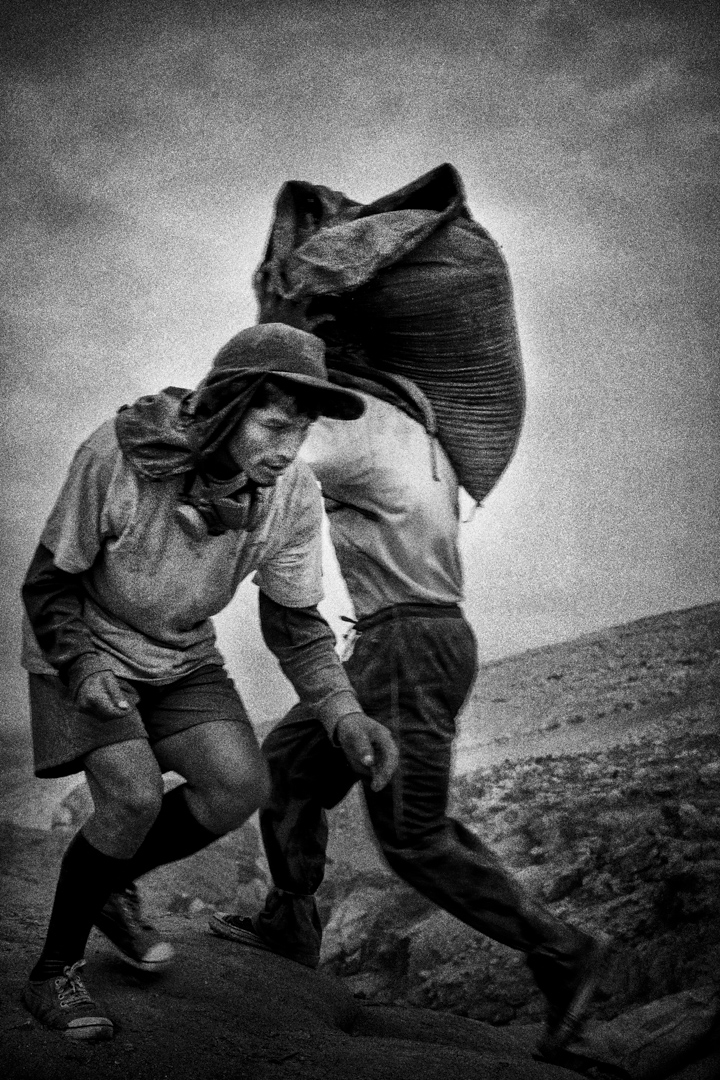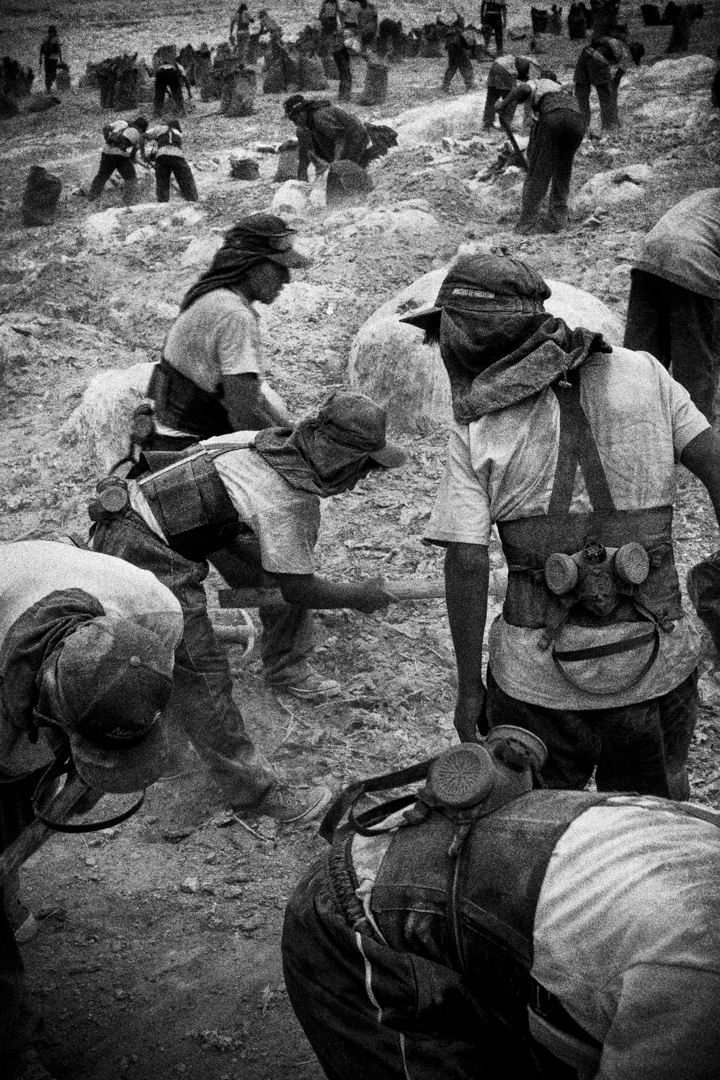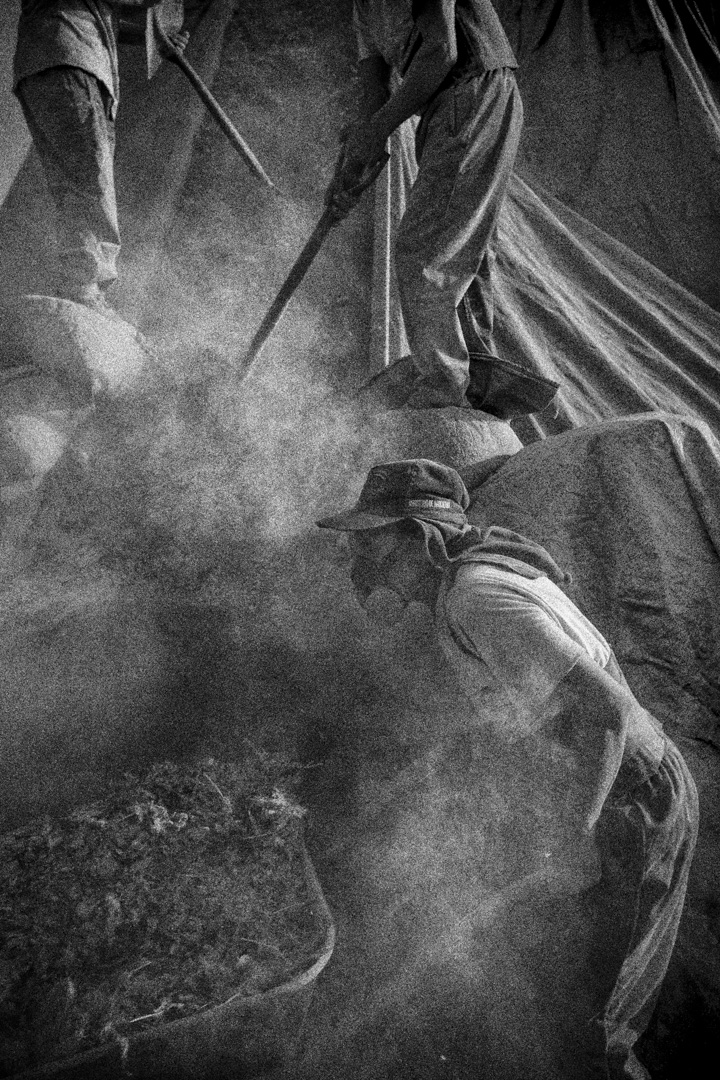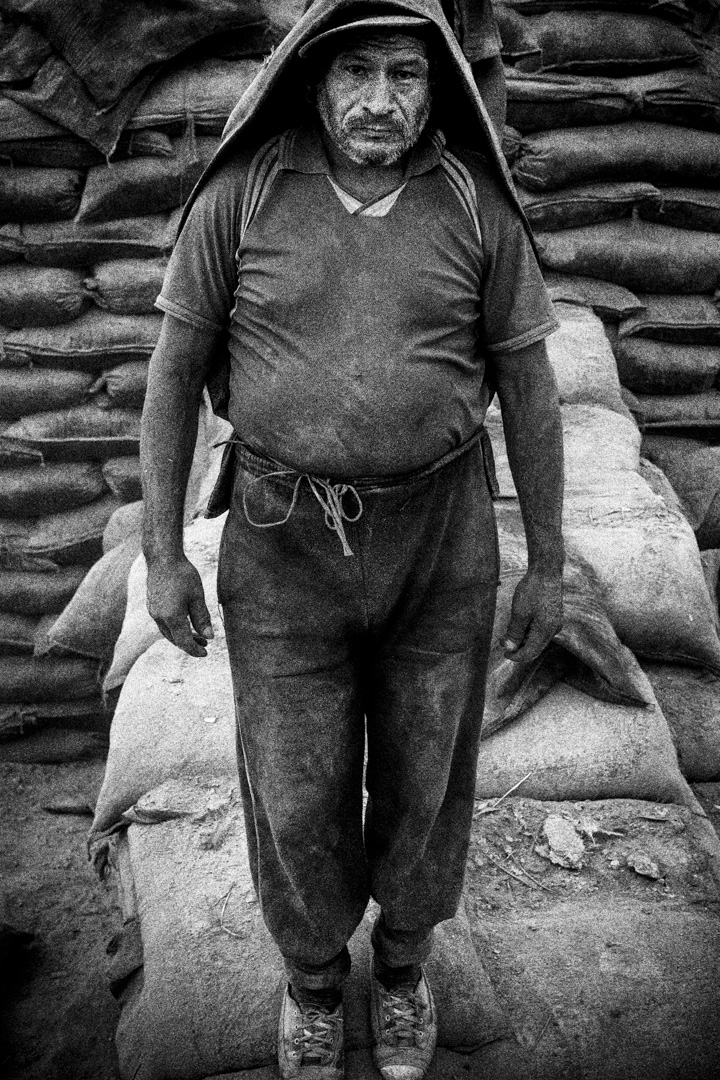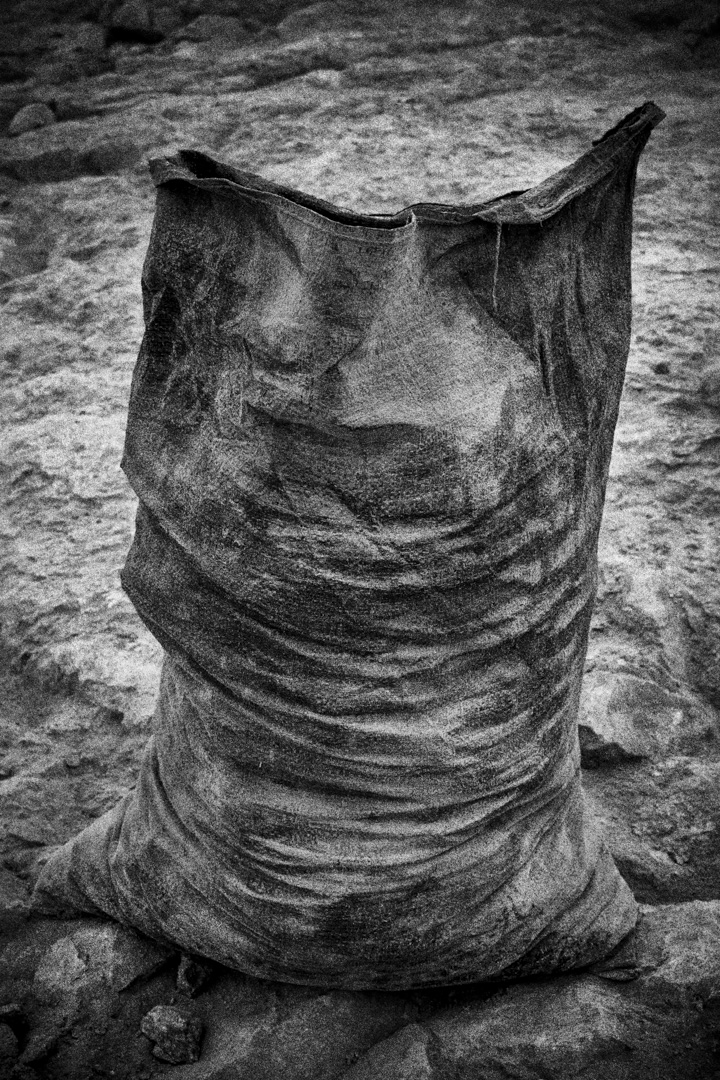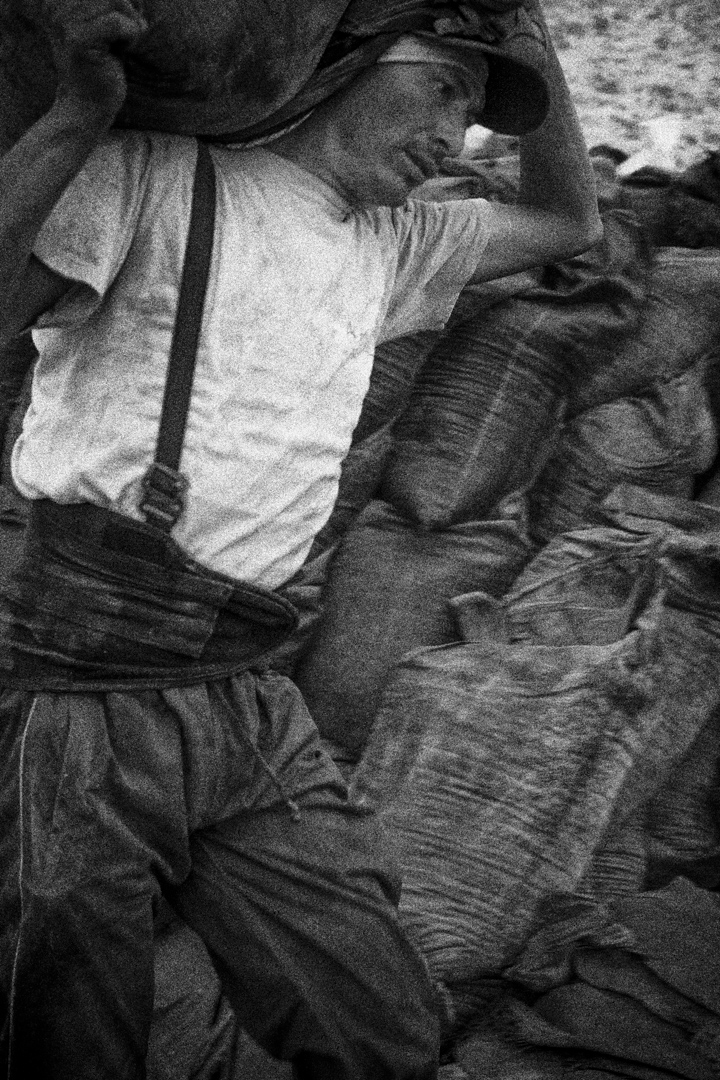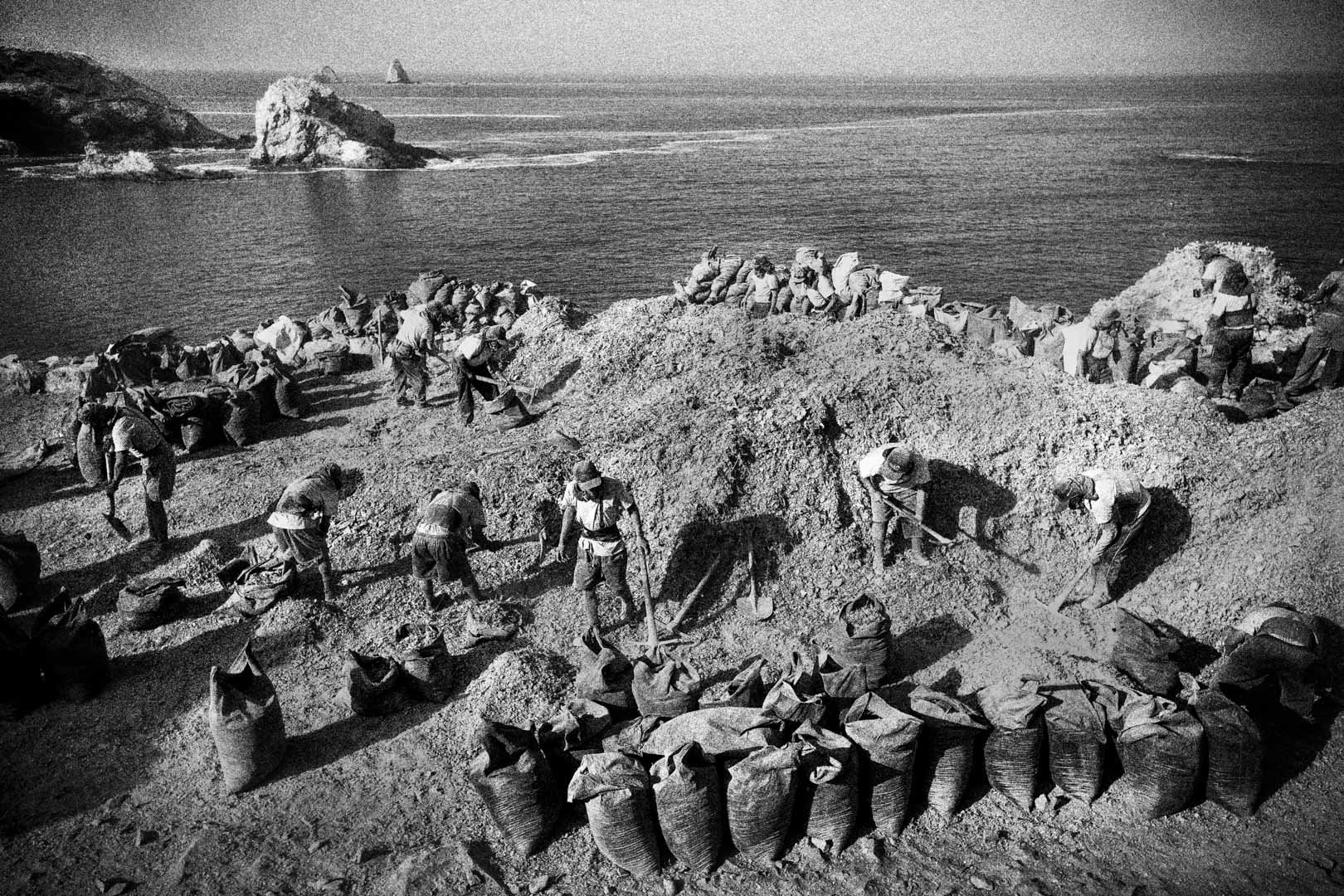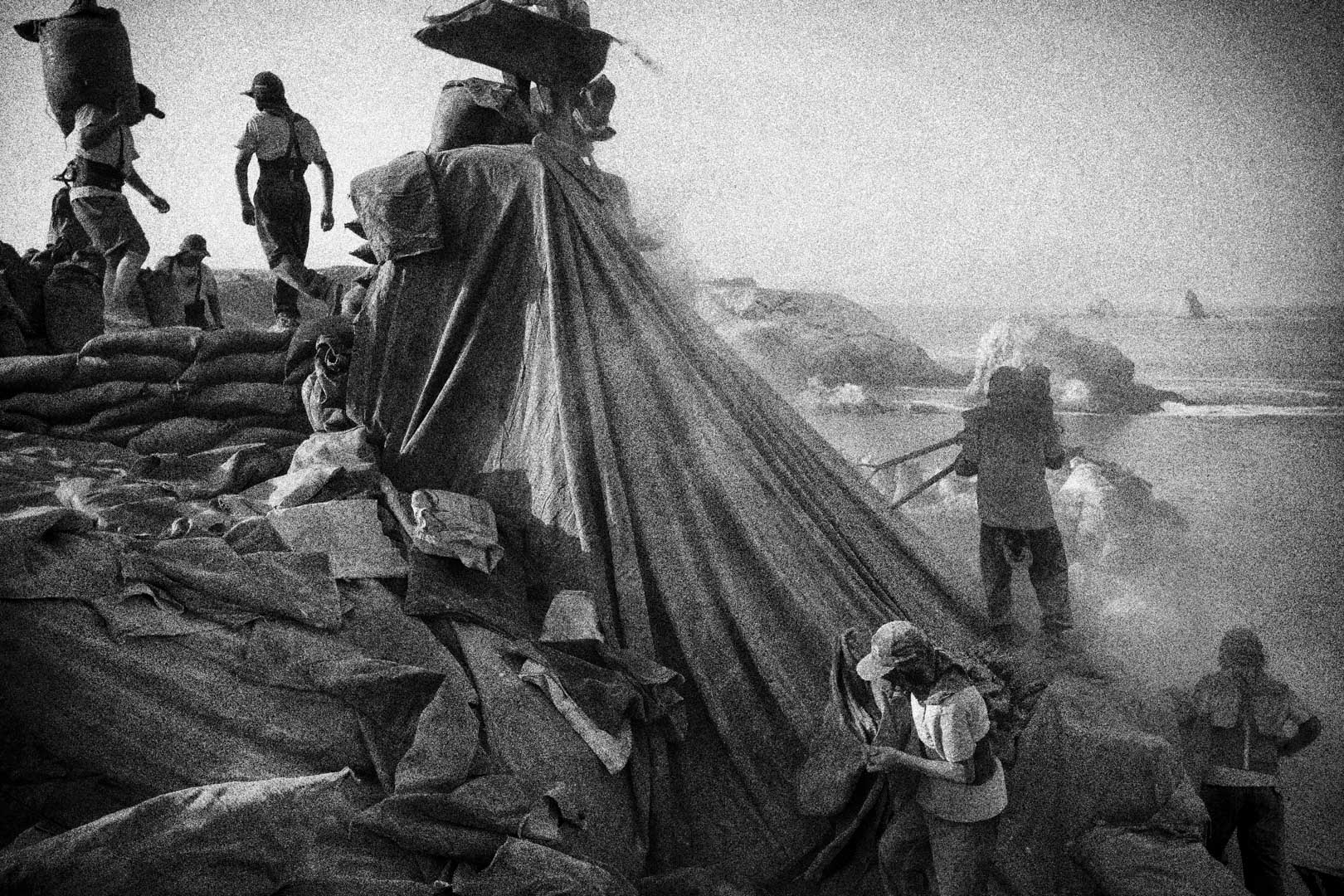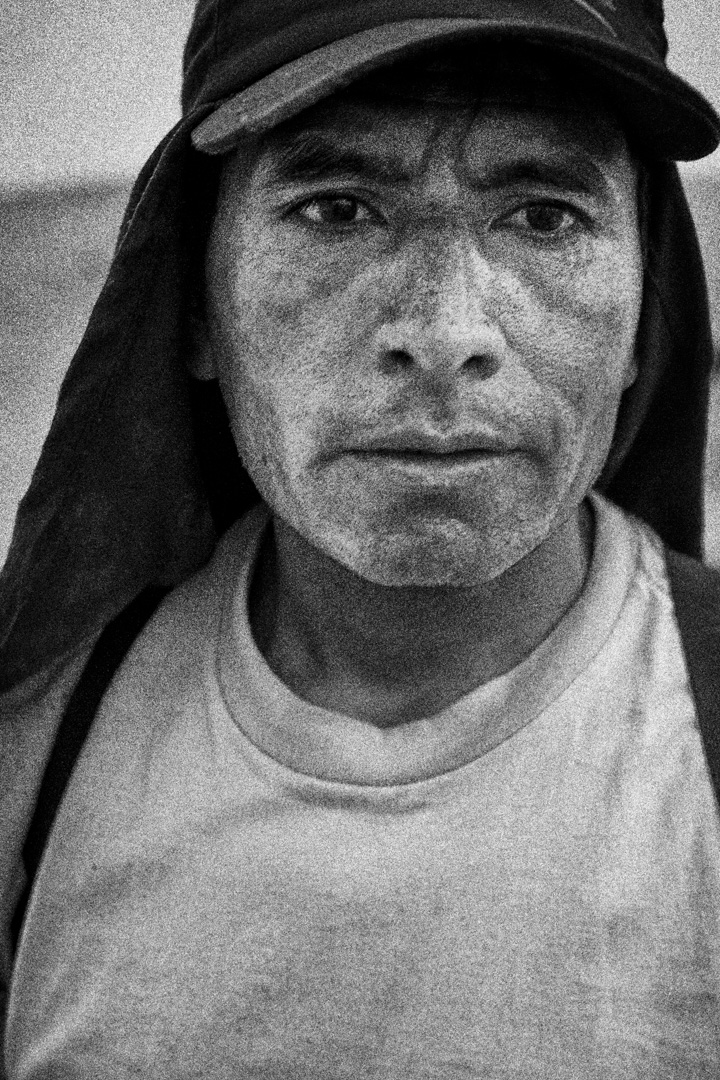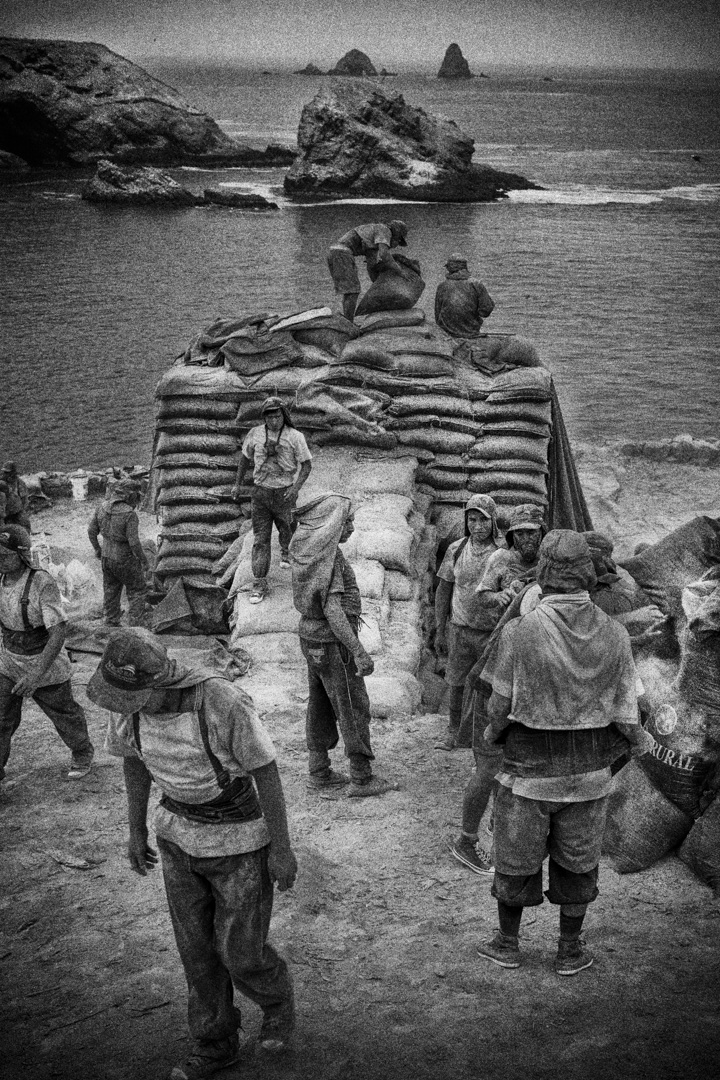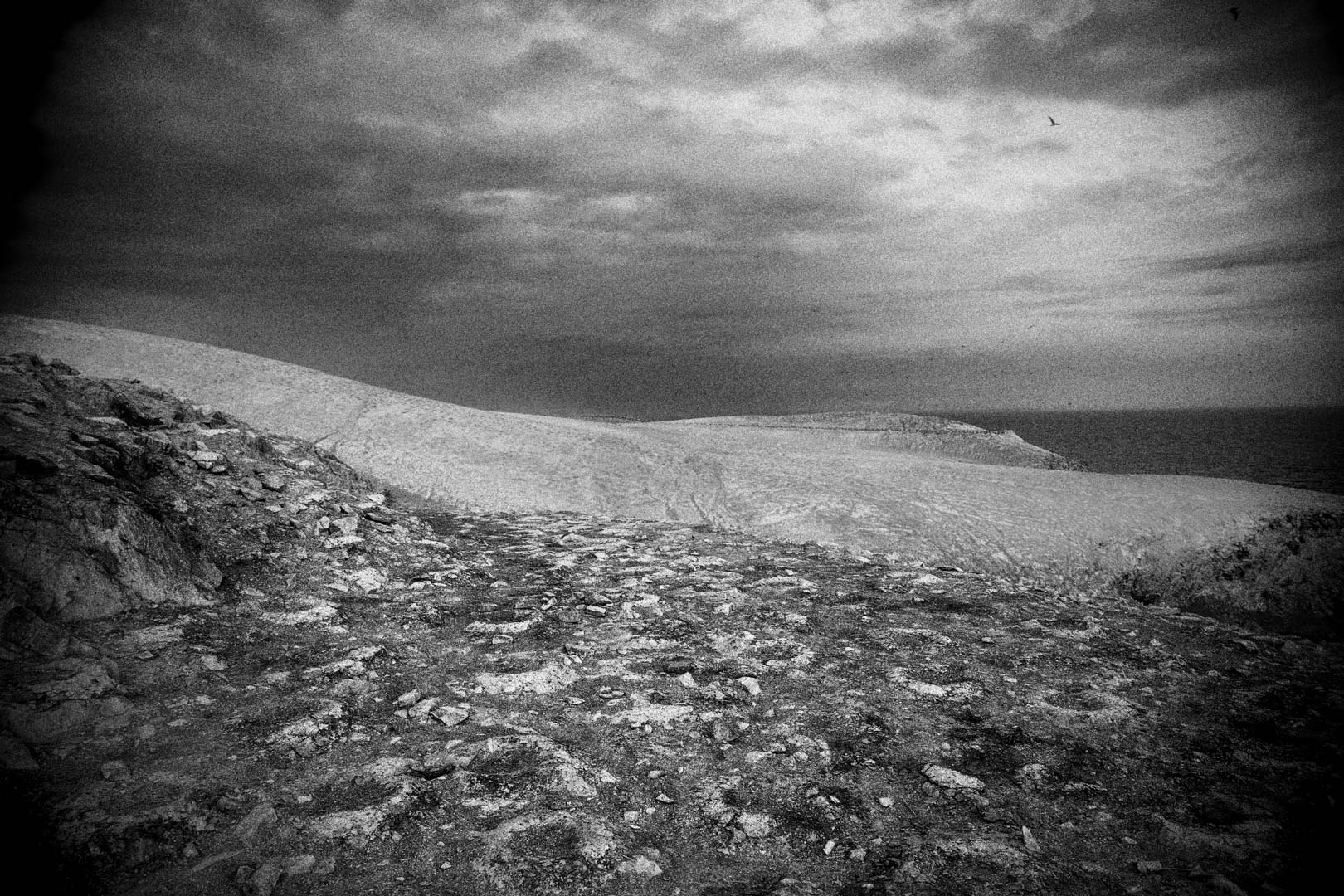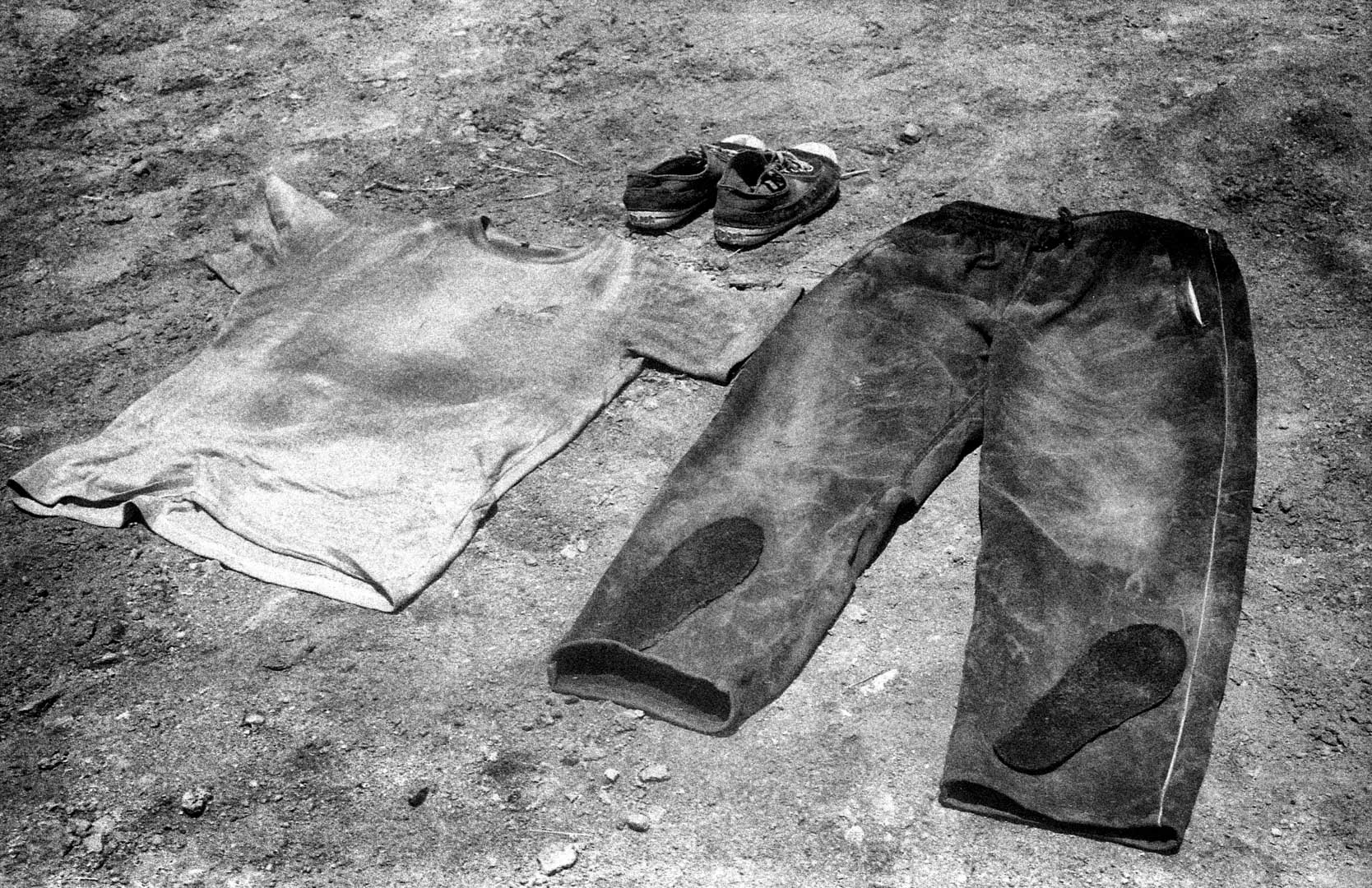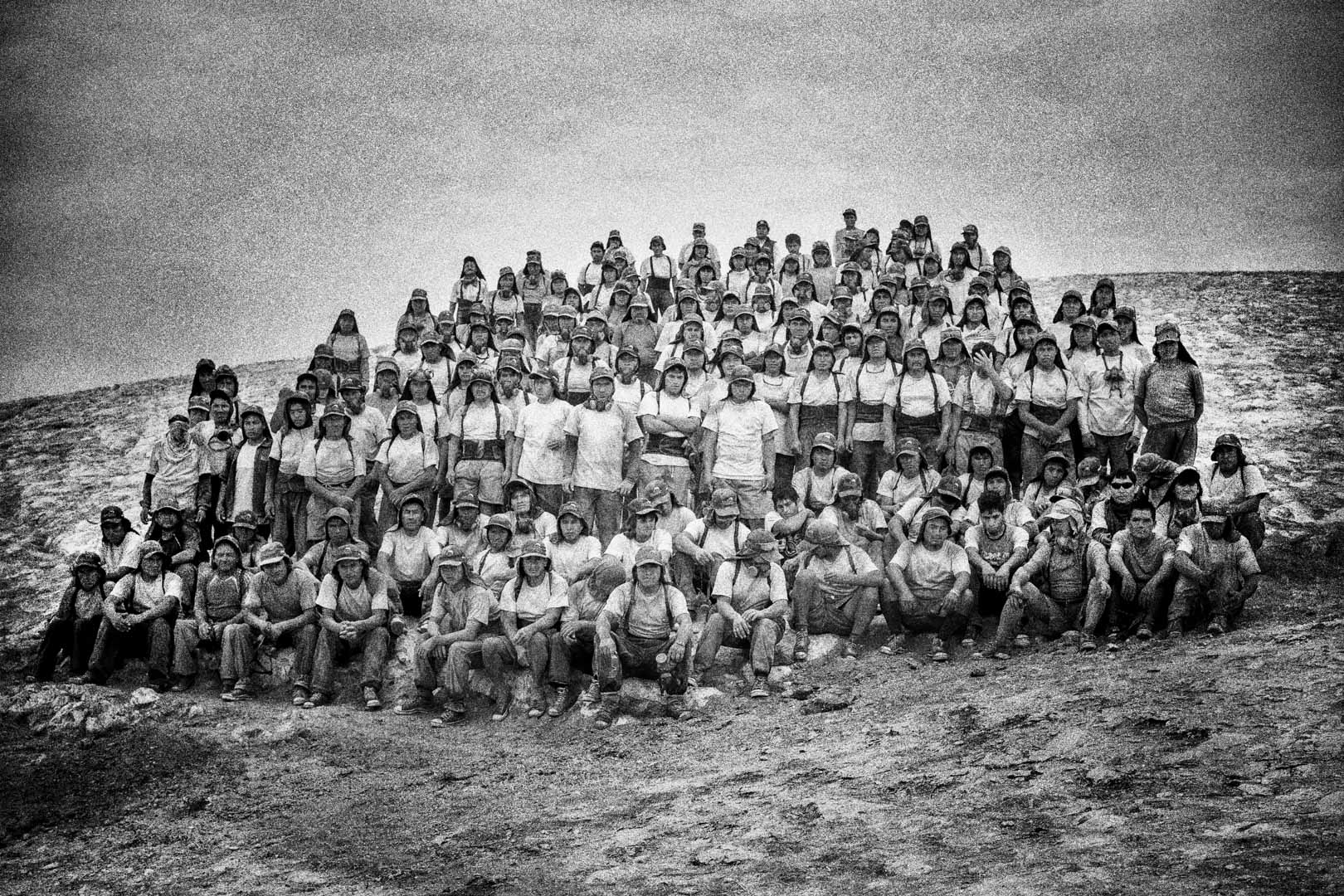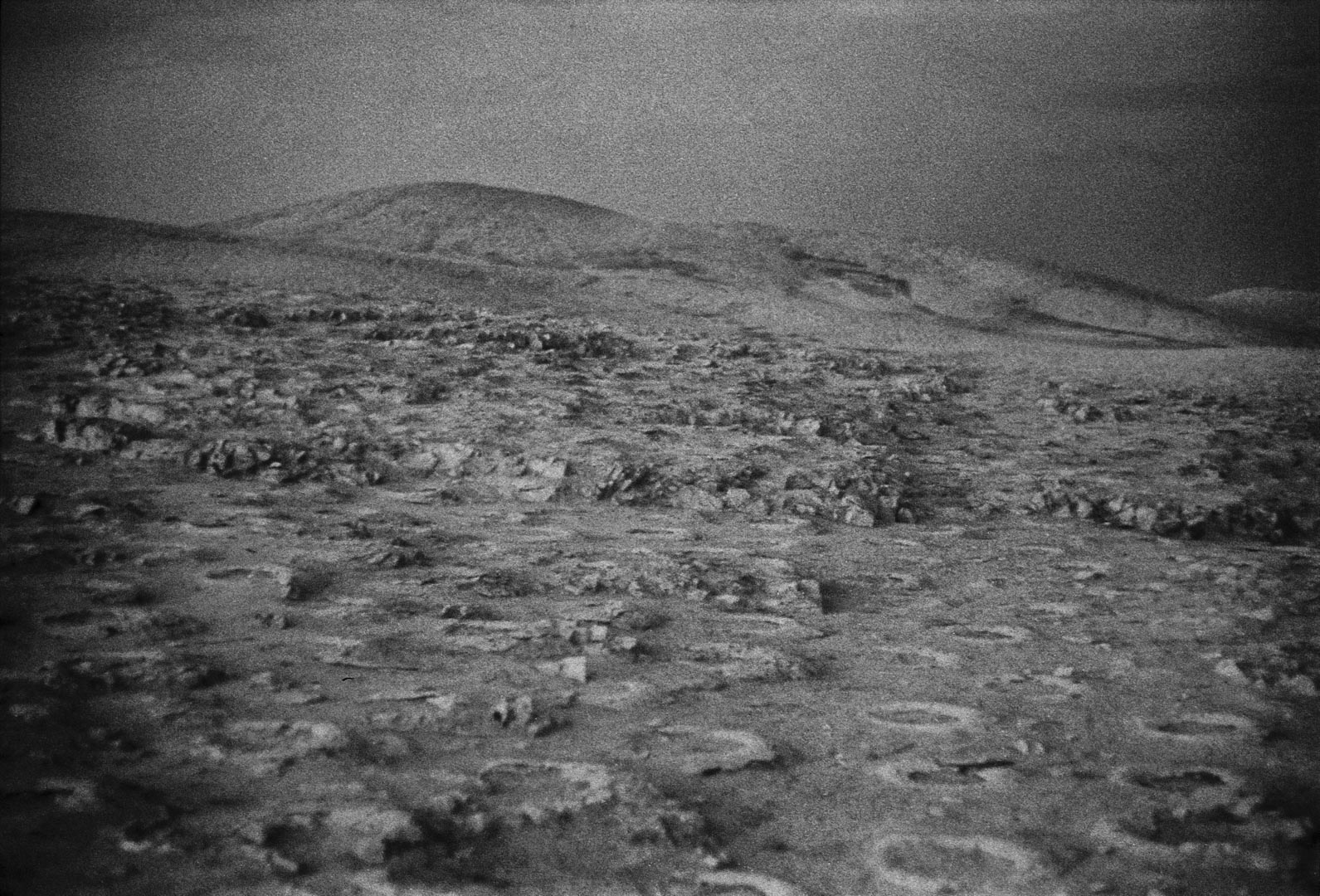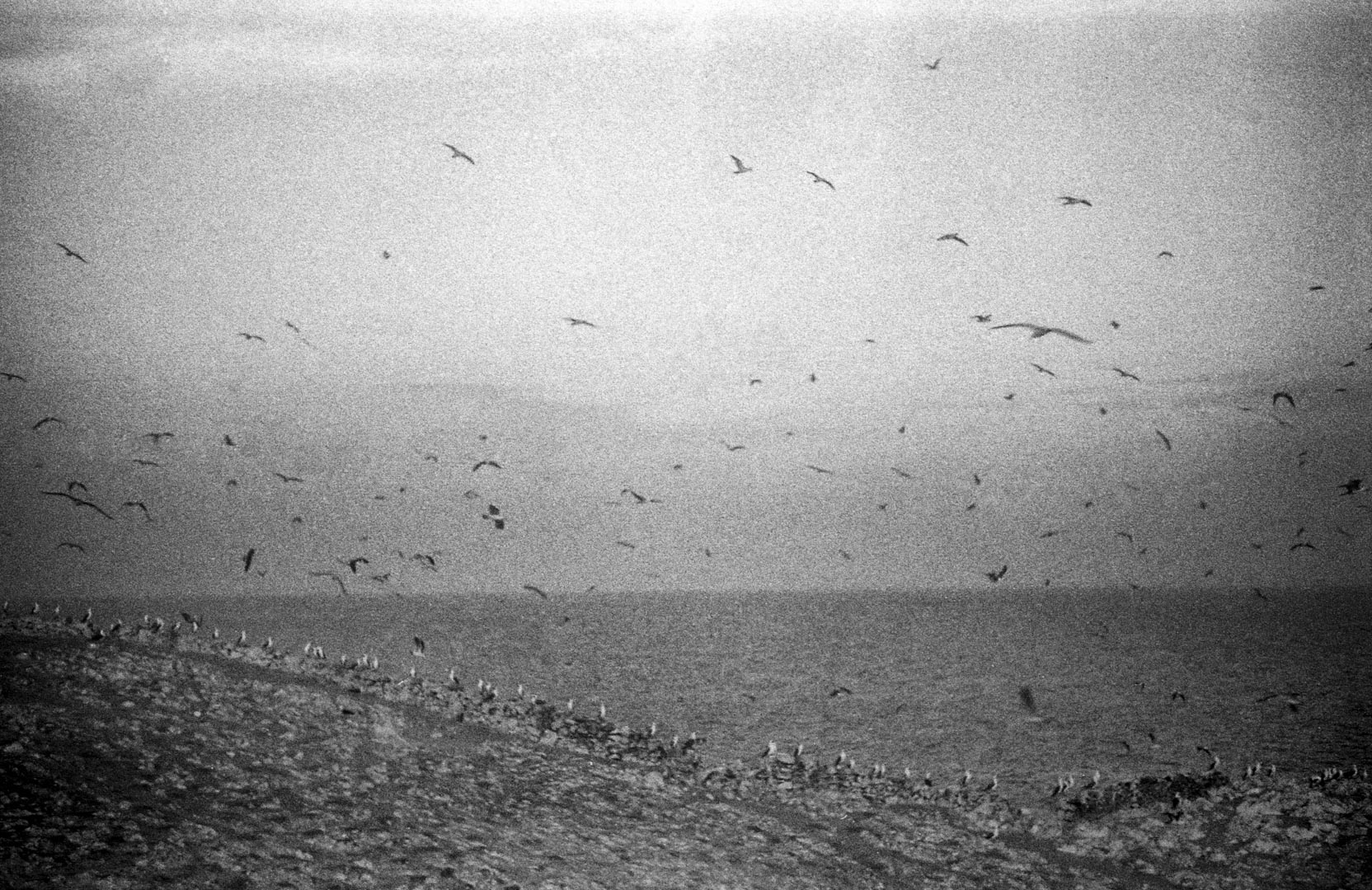The hard workers of the Peruvian Guano (The Chincha Islands), 2014
Guano is the result of a particular phenomenon. In the past, it was called «the white gold» of South America. With the currents of the Pacific ocean, many small fish come and gather along the Peruvian coast, becoming the main food supply for thousands of sea birds living on the Chincha islands.
The guano, produced through the accumulation of these birds’ excrements, is an extraordinary organic fertilizer. For that reason, in 1845, England and the United States began to exploit it. Today, the Peruvian government still exploits about twenty islands along the country’s coast.
The majority of the harvest workers comes from the same community of the Andes cordillera (Ancash). In order to be able to collect all the guano, these men have to stay on the island for the whole harvest period. Each season, they settle down in a camp on an island nearby.
In order for the harvest to be profitable, they have to wait for about ten years before enough guano has accumulated on an island.
Today, the Peruvian government doesn’t export the guano directly anymore, it is used instead in the country’s organic agriculture, the production of which is exported afterwards.
Going on the island feels like traveling backwards in time. The work is not done with machines but only thanks to human power. About 200 men work on each harvest, they scrap off the guano and put it in bags. Once brought back on the continent, the guano does not undergo any treatment except for being sieved to eliminate the feathers and bird corpses. The working conditions are very hard : the day starts at 4am and lasts until 12am in order to avoid the high temperatures of the afternoon (up to more than 35°C). Heat, dust, physical effort, isolation…for decades, the guano harvest method in Peru has not changed at all.
